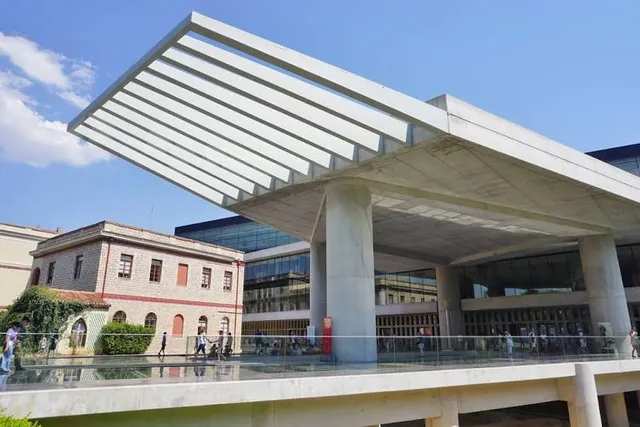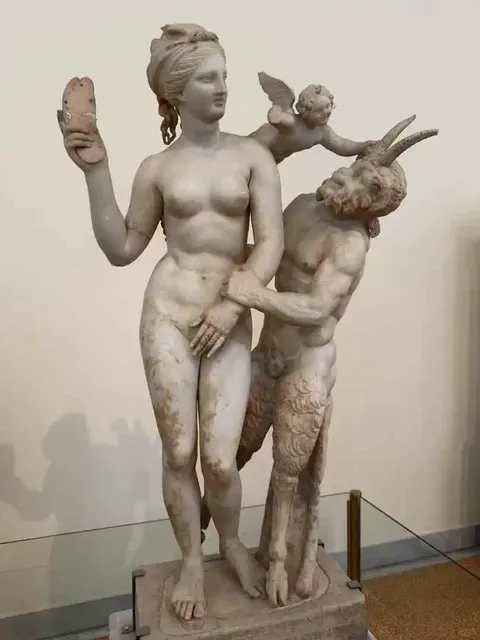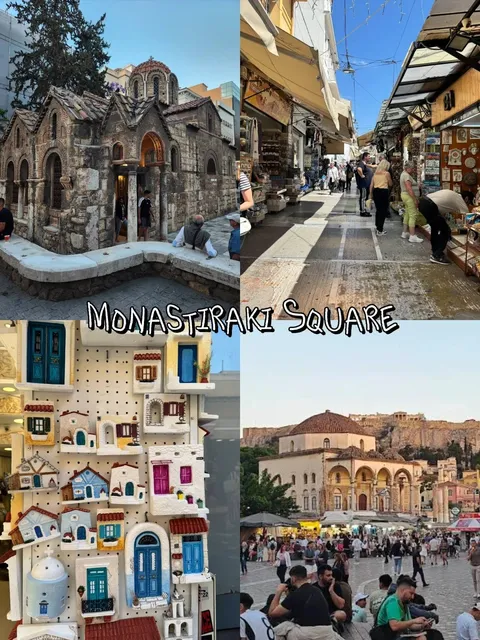Acropolis Museum things to do, attractions, restaurants, events info and trip planning
Basic Info
Acropolis Museum
Dionysiou Areopagitou 15, Athina 117 42, Greece
4.7(26K)
Open 24 hours
Save
spot
spot
Ratings & Description
Info
The Acropolis Museum is an archaeological museum focused on the findings of the archaeological site of the Acropolis of Athens. The museum was built to house every artifact found on the rock and on the surrounding slopes, from the Greek Bronze Age to Roman and Byzantine Greece.
Cultural
Accessibility
attractions: South Slope of the Acropolis of Athens, Parthenon, Theatre of Dionysus, Acropolis of Athens, Temple of Olympian Zeus, Ilias Lalaounis Jewelry Museum, Acropolis Research Center, Odeon of Herodes Atticus, Choragic Monument of Lysicrates, Technohoros Art Gallery, restaurants: Acropolis Museum Cafe and Restaurant, LIONDI Traditional Greek Restaurant, ARCADIA RESTAURANT, Gods’ Restaurant, Yard restaurant, GREEK STORIES, Opos Palia, To Kati Allo, o Gyros Pou Gyrevis, Regal Restaurant
 Learn more insights from Wanderboat AI.
Learn more insights from Wanderboat AI.Phone
+30 21 0900 0900
Website
theacropolismuseum.gr
Plan your stay

Pet-friendly Hotels in Athens
Find a cozy hotel nearby and make it a full experience.

Affordable Hotels in Athens
Find a cozy hotel nearby and make it a full experience.

The Coolest Hotels You Haven't Heard Of (Yet)
Find a cozy hotel nearby and make it a full experience.

Trending Stays Worth the Hype in Athens
Find a cozy hotel nearby and make it a full experience.
Reviews
Nearby attractions of Acropolis Museum
South Slope of the Acropolis of Athens
Parthenon
Theatre of Dionysus
Acropolis of Athens
Temple of Olympian Zeus
Ilias Lalaounis Jewelry Museum
Acropolis Research Center
Odeon of Herodes Atticus
Choragic Monument of Lysicrates
Technohoros Art Gallery
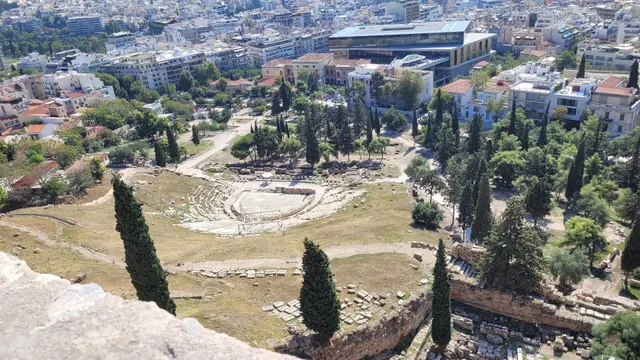
South Slope of the Acropolis of Athens
4.6
(1.3K)
Open 24 hours
Click for details
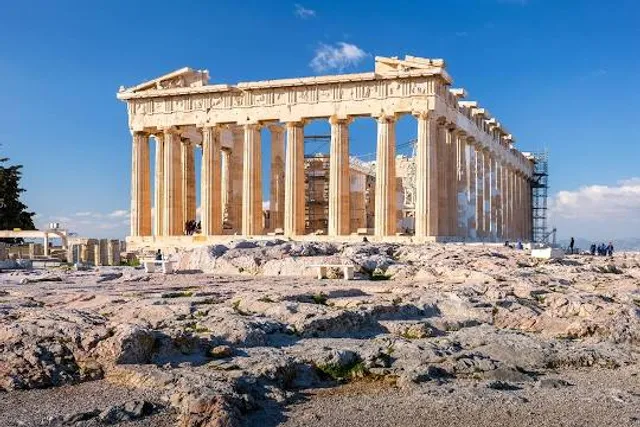
Parthenon
4.8
(28.5K)
Open 24 hours
Click for details
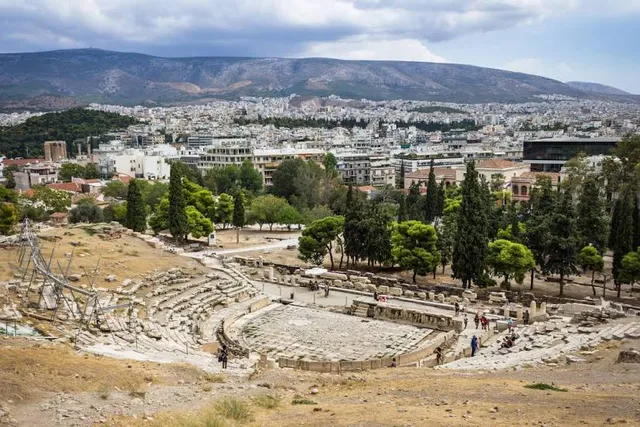
Theatre of Dionysus
4.7
(2.8K)
Open 24 hours
Click for details
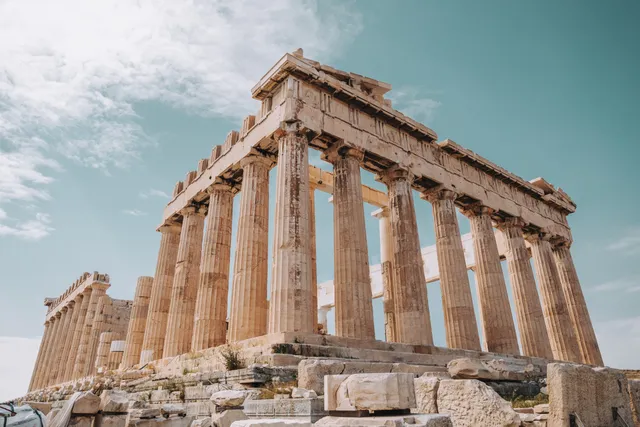
Acropolis of Athens
4.8
(47.1K)
Open 24 hours
Click for details
Things to do nearby
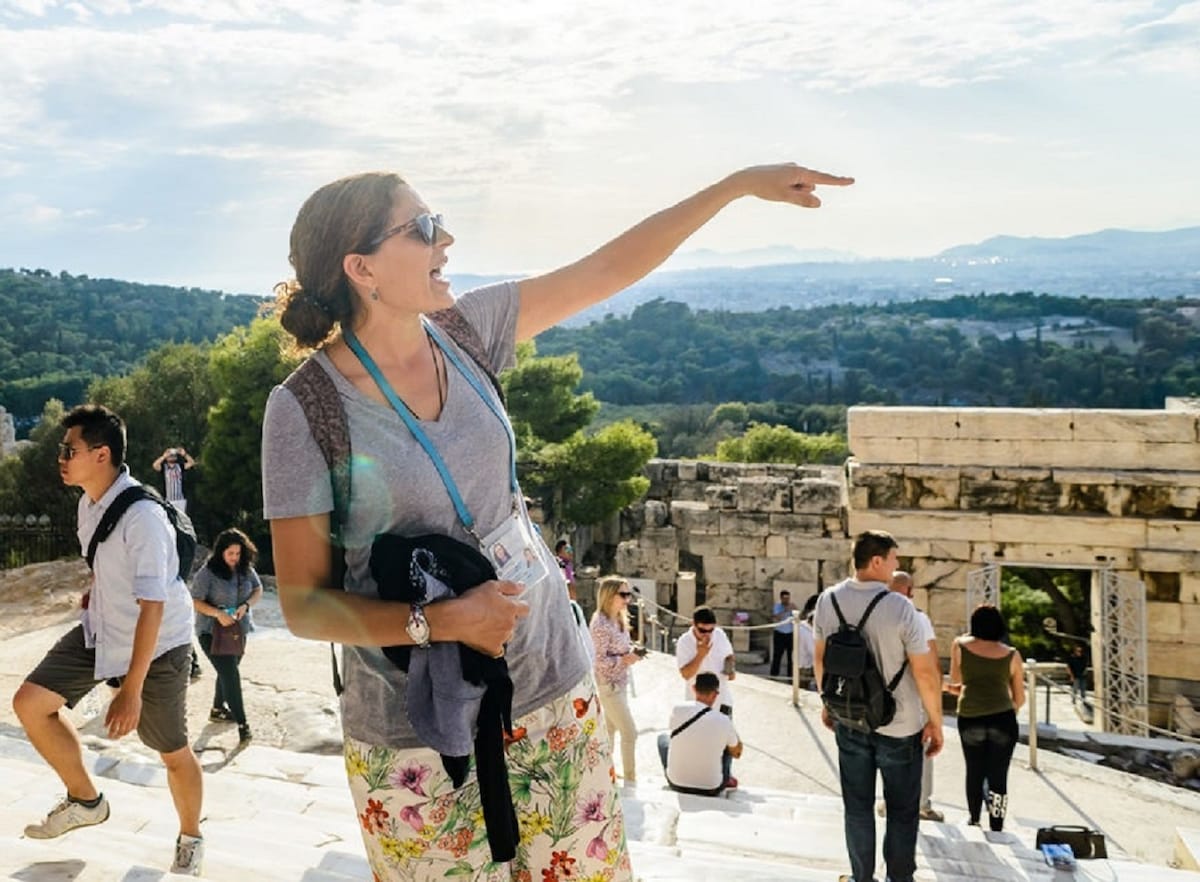
See the Acropolis with a licensed guide
Sun, Dec 28 • 8:00 AM
117 42, Athens, Greece
View details
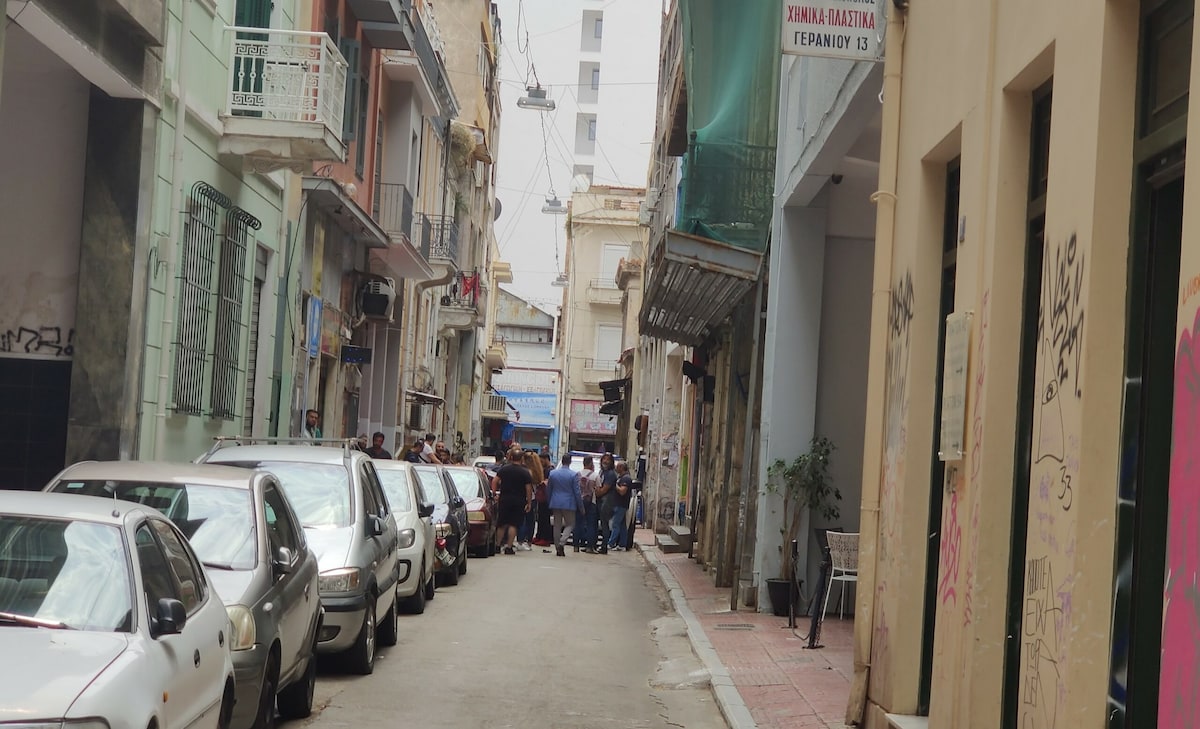
Awful Athens
Tue, Dec 30 • 3:00 PM
104 33, Athens, Greece
View details

Taste hidden Athenian flavors on culinary romp
Sat, Dec 27 • 12:30 PM
105 54, Athens, Greece
View details
Nearby restaurants of Acropolis Museum
Acropolis Museum Cafe and Restaurant
LIONDI Traditional Greek Restaurant
ARCADIA RESTAURANT
Gods’ Restaurant
Yard restaurant
GREEK STORIES
Opos Palia
To Kati Allo
o Gyros Pou Gyrevis
Regal Restaurant
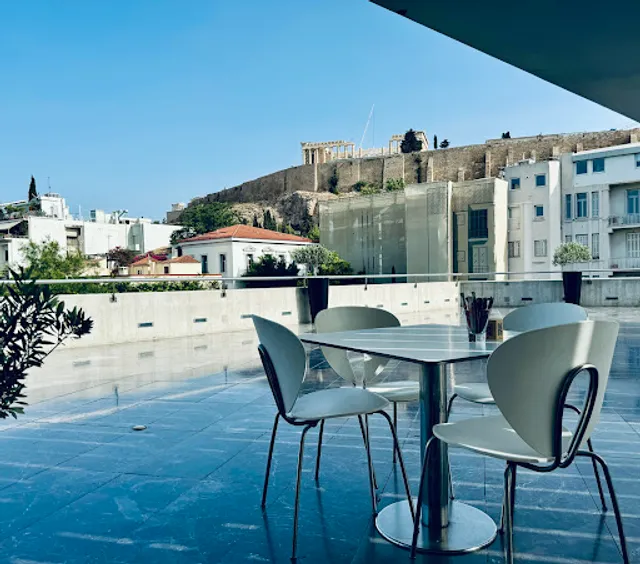
Acropolis Museum Cafe and Restaurant
4.3
(2.3K)
$$$
Click for details
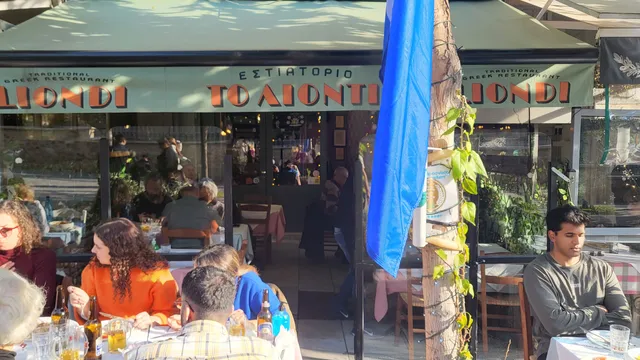
LIONDI Traditional Greek Restaurant
4.7
(2.7K)
$$
Click for details

ARCADIA RESTAURANT
4.7
(2.3K)
Click for details
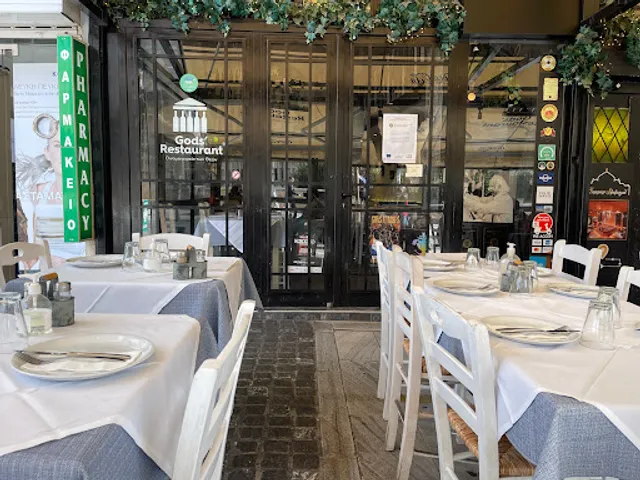
Gods’ Restaurant
4.5
(1.7K)
$$
Click for details
